Associate Professor-Doctor Nguyen Xuan Hai, Deputy Director of the Department of Environment ( Ministry of Agriculture and Environment ), said that in recent years, science and technology activities in the environmental field in Vietnam have made important strides, directly contributing to pollution treatment.
However, there are still many difficulties such as limited human resources; policy mechanisms are not strong enough to attract talents; investment funding for research is still low, even many topics are only at pilot models, lacking connections. Therefore, the State needs to make breakthroughs in investment, policy innovation and cooperation to bring research results from the laboratory to reality, contributing to creating a green, clean and safe living environment for the community.
There is still a "gap" from research to practice
At the afternoon session of the Conference on implementing the "Plan to implement Resolution No. 57-NQ/TW of the Politburo on breakthroughs in science and technology development, innovation and national digital transformation" in the fields of agriculture and environment, organized by the Ministry of Agriculture and Environment, on the afternoon of May 10, Mr. Hai shared in detail about the achievements, advantages, difficulties as well as the orientation for the development of environmental science and technology in the coming period.
According to Mr. Hai, during the period, the scientific and technological tasks on the environment have been carried out systematically, combining the inheritance of previous achievements and updating new advances. The results from the research topics not only contribute to management and training but also provide a scientific basis for perfecting policies and laws, especially the Law on Environmental Protection 2020 and its implementing guidelines.
With the application of modern technology in environmental treatment and monitoring, Mr. Hai said that a series of wastewater, exhaust gas and solid waste treatment technologies have been developed and successfully tested, paving the way for replication and practical application.
Typical technologies contributing to environmental improvement have also been deployed such as: Wastewater treatment by biological and physical-chemical methods; exhaust gas treatment by dry and wet methods; waste treatment by pyrolysis, waste incineration to generate electricity, recycling waste sludge into construction materials and renewable energy according to the circular economic model.
In particular, many modern monitoring devices have been manufactured domestically, such as ozone concentration measuring devices, PM2.5 and PM10 fine dust measuring devices integrated with microclimate sensors. The use of modeling and satellite images to identify emission sources is a major step forward in environmental monitoring and warning.
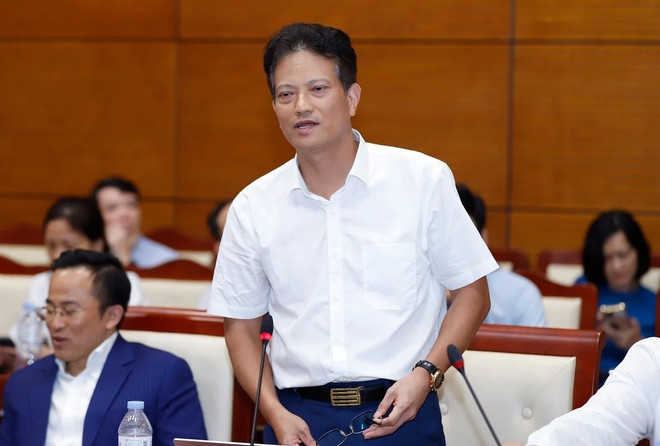
Regarding support for the development of a system of environmental standards and regulations, to date, 33 national technical regulations have been applied in the environmental field, helping to improve the effectiveness of state management and pollution control. Scientific and technological research is also an important foundation for the development of new technical standards, suitable for production practices and environmental protection needs.
“In particular, the 2020 Law on Environmental Protection has also created a favorable legal corridor to promote research and technology transfer,” Mr. Hai emphasized.
However, the representative of the Department of Environment also frankly pointed out a series of difficulties and problems such as limited human resources in both quality and quantity, lack of experienced technology experts; policy mechanisms are not strong enough to attract talent and encourage innovation; investment funding for research is still low, mainly focusing on urgent issues without in-depth, long-term research.
What Mr. Hai worries and worries about the most is the low rate of applying research results into practice. According to Mr. Hai, many topics are only at the pilot model level, lacking links with businesses to commercialize technology.
In addition, there are problems such as outdated technical facilities, lack of digital scientific data systems and international cooperation that is not commensurate with potential.
Turning research results into practical services
Faced with new requirements of sustainable development and international integration, Associate Professor, Dr. Nguyen Xuan Hai, Deputy Director of the Department of Environment, said that promoting research and application of science and technology in the environmental field needs to follow two key directions. The first is to continue to clarify the theoretical and practical basis for building environmental management policies, updating new trends such as circular economy, carbon emission reduction and digital technology in environmental management.
The second orientation, according to Mr. Hai, is to promote research and application of waste treatment, monitoring and recycling technologies, especially energy-saving technologies, clean technologies, and technologies for recovering resources and energy from waste.
In addition, Mr. Hai also recommended increasing investment in environmental science and technology, especially in research rooms and specialized laboratories; implementing key projects, focusing on pollution treatment technology, clean production, smart monitoring and digitalization of environmental data; promoting links between managers - scientists - investors - businesses, turning research results into practical products and services; creating flexible financial mechanisms, accepting risks in experimental research, aiming for solutions with high applicability and commercialization.
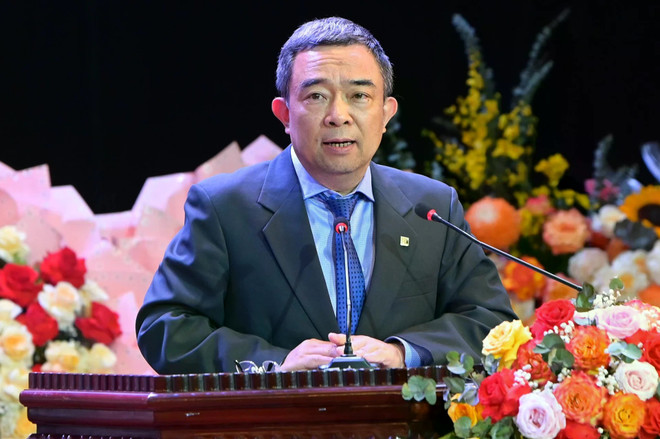
“Science and technology are not only an important foundation for pollution management and treatment, but also the key to sustainable development in the context of climate change and rapid urbanization. Therefore, we need to make breakthroughs in investment, policy and cooperation to bring research results from the laboratory to reality, contributing to creating a green, clean and safe living environment for the community,” said Mr. Hai.
Within the framework of the conference, Professor-Doctor Nguyen Viet Anh, Director of the Institute of Environmental Science and Technology (Hanoi University of Civil Engineering), also recommended that the State should develop large-scale, interdisciplinary and systematic science and technology programs while creating conditions for businesses to participate in order to avoid overlap and increase the effectiveness of practical application.
Citing an example from industrial pollution treatment technology, Mr. Nguyen Viet Anh said that one of the prominent technologies today is the use of fine foam and ultra-fine foam to treat wastewater. With sizes ranging from only a few micrometers to nanometers, these air bubbles create a large contact area, helping to increase the efficiency of separation and decomposition of pollutants.
According to Mr. Nguyen Viet Anh, when the pollutant breaks down, the ultra-fine foam releases energy, activating biological and chemical reactions without the need for toxic chemicals. This technology is not only environmentally friendly, but also reduces sludge, saves operating costs and can be flexibly applied in industry and circular agriculture.
In parallel, Mr. Viet Anh said that many units are also implementing biological indicator fish models to monitor water quality after treatment. “Based on natural biological reactions, if fish show abnormal signs such as disorientation, reduced appetite or skin discoloration, it indicates signs of water pollution. These signals are automatically recorded, helping to provide early warning and timely adjustment of the treatment system,” he said.
According to Professor-Doctor Nguyen Viet Anh, combining ultra-fine foam technology with biological indicators, real-time sensors and digital data platforms will create an intelligent warning system, improving the capacity to control environmental risks./.
Source: https://www.vietnamplus.vn/giai-quyet-o-nhiem-can-tang-dau-tu-dua-ket-qua-tu-phong-thi-nghiem-vao-thuc-te-post1037762.vnp



![[Photo] Many young people patiently lined up under the hot sun to receive a special supplement from Nhan Dan Newspaper.](https://vphoto.vietnam.vn/thumb/1200x675/vietnam/resource/IMAGE/2025/5/18/6f19d322f9364f0ebb6fbfe9377842d3)

![[Photo] Ready for the top competitions of Vietnamese table tennis](https://vphoto.vietnam.vn/thumb/1200x675/vietnam/resource/IMAGE/2025/5/18/9c547c497c5a4ade8f98c8e7d44f5a41)





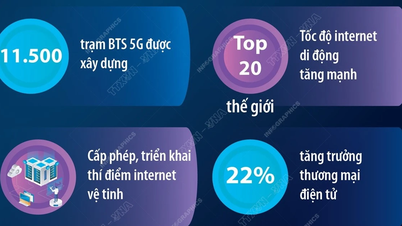
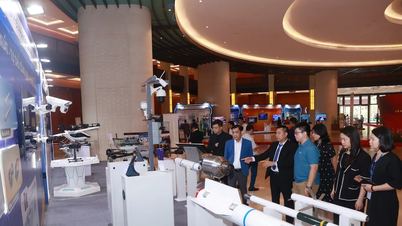
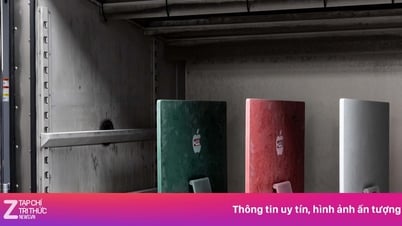
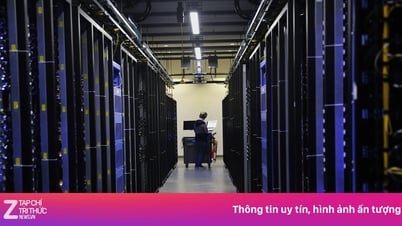




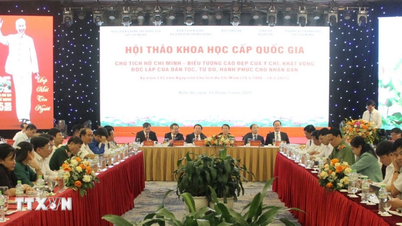


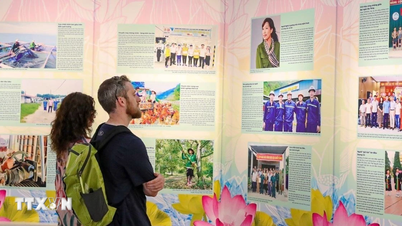

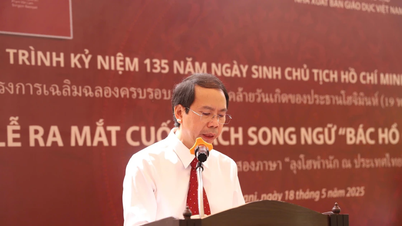
![[Photo] General Secretary To Lam visits exhibition of achievements in private economic development](https://vphoto.vietnam.vn/thumb/1200x675/vietnam/resource/IMAGE/2025/5/18/1809dc545f214a86911fe2d2d0fde2e8)















































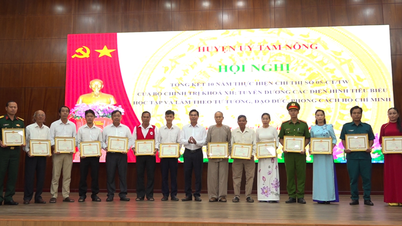
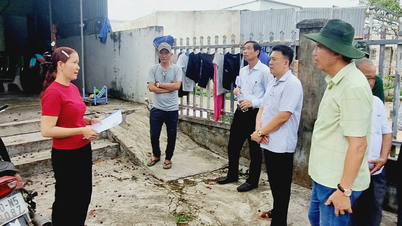



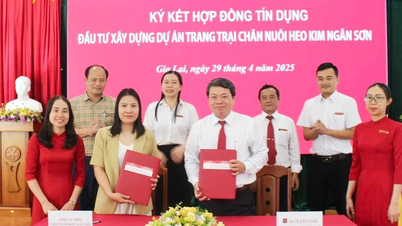
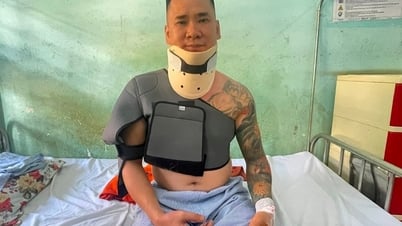












Comment (0)